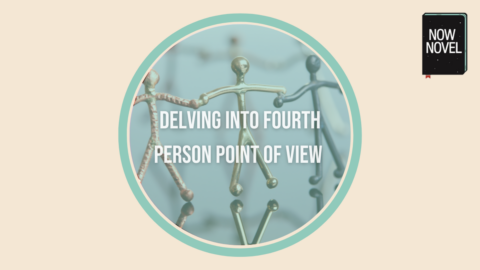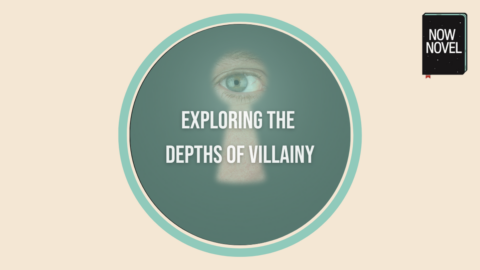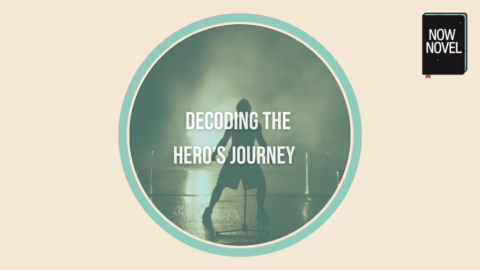We explore how to write in the voice of a child, with examples and some exercises to help you get into the perspective of a child

Read Now Novel’s best character writing blog posts below. Learn how to create a cast for your story that is rich with bold personalities. The best stories make it easy for us to connect with characters and become invested in their story outcomes. Learn how to describe characters’ faces, postures, speech and more. You can also find helpful guides on creating conflict between characters, different kinds of relationships between members of the cast of your story and more.

We explore how to write in the voice of a child, with examples and some exercises to help you get into the perspective of a child

Learning how to write interiority, in fiction, as well as in memoir, will deepen readers’ understanding of characters

While this is an unusual way of telling a story, learning to use fourth person point of view can lead to some intriguing tales

We explore the 12 Jungian archetypes, seeing how they can be used in writing.

There is an art to writing villainous characters. We look at different types of these characters with examples from books, TV and film

Having flat characters in your story is as vital as having round characters. Read on for definitions of flat characters, how they are used and tips for creating them

The clothes a person wears tells us many things: their status in life, for example, or their cultural affiliation or identity. They can tell us what era they live in, and even a person’s current state of mind or intent. Understanding how to describe clothing in a story well will help you create fuller, richer character portraits.

The hero’s journey is a powerful storytelling tool that resonates with audiences because it reflects our own personal journeys of triumph, adversity, and self-realization and is a reflection of everyday life

There are two main ways to reveal characters: direct characterization, and indirect characterization. What defines these two characterization types, and what are the strengths and weaknesses of each?